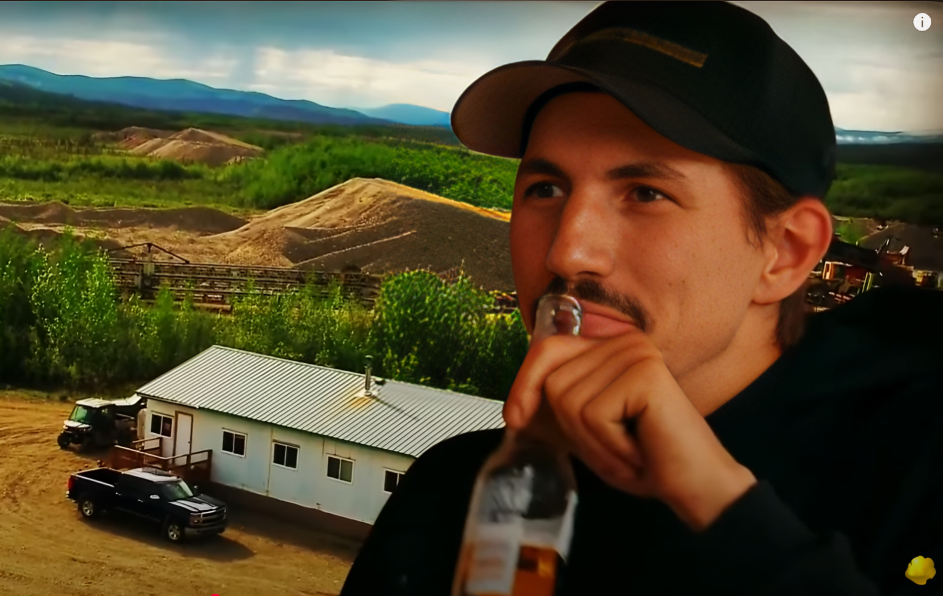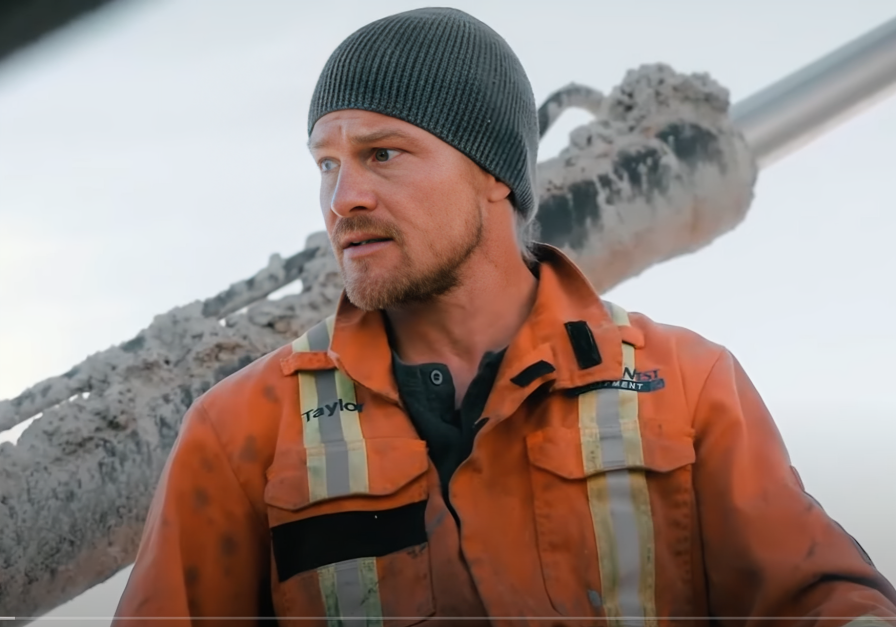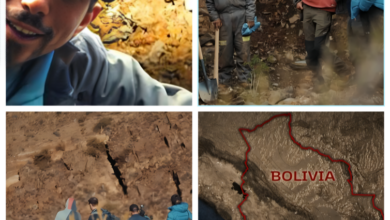Parker Schnabel’s Mining Season Hits a Shocking Breakdown: A Critical Turning Point for the Gold Rush Star

Parker Schnabel’s Mining Season Hits a Shocking Breakdown: A Critical Turning Point for the Gold Rush Star

Parker Schnabel’s most ambitious mining season has just taken a devastating turn, leaving the entire operation teetering on the edge of disaster. What began as an aggressive pursuit of 10,000 ounces of gold has now become a race against time and mechanical failure, with tensions at an all-time high. Despite months of non-stop struggles, logistical nightmares, and equipment malfunctions, Parker remains determined to push through — but can he?
From the very beginning of this season, Parker has been plagued by issues with the placement of wash plants and hauling Pay Dirt (PID) long distances, all of which have severely impacted production. Even though the gold output has been steady, it’s been consistently disappointing — and Parker knows it’s nowhere near enough to meet his target of 1,000 ounces of gold per week.
To combat these inefficiencies, Parker rolled out two massive AS60 rock trucks — colossal machines capable of hauling up to 600 yards of dirt per hour. But while these monster trucks are a game-changer, they come with a massive price: if one breaks down, the entire operation grinds to a halt. And that’s exactly what happened.
At Dominion Creek, where the team is extracting gold from the notoriously difficult long cut, things went from bad to worse. The machinery was working overtime, but the fluctuating quality of gold only added to the pressure. The real shocker, however, came when the team discovered they had no spare trucks available to keep up with the hauling demands. Parker made the bold decision to not divert resources from other projects, but it quickly became clear that this would be a costly gamble.
One truck, still loaded with 60 tons of Pay Dirt, suddenly broke down, leaving the crew scrambling. As 22-year-old rookie miner James, who was operating one of the massive trucks for the first time, tried to reposition the vehicle, error codes began flashing, signaling a catastrophic failure. The companion flange connecting the drive shaft to the rear wheels had snapped, causing extensive damage to critical systems, including the brake lines and hydraulic hoses responsible for lifting the dump box. The truck was rendered completely immobilized, and the crew was left with no choice but to unload the dirt before they could even think about towing the vehicle for repairs.
The clock was ticking. With the team already under immense pressure, they had to move fast. Unloading the truck was a delicate operation that posed a real danger. A team member warned that any misstep could cause a deadly collapse of material, making the stakes even higher. But the real kicker came when Mitch, the crew supervisor, snapped at one of the mechanics, suggesting that if he wanted the truck fixed faster, he should grab some tools himself. Tensions boiled over, but the crew pushed forward, knowing that time was running out.

The repair process was grueling. The team had to replace the damaged hydraulic hoses, install new brake lines and electrical wiring, and carefully position a replacement drive shaft. Every step had to be executed with precision — one wrong move could ruin everything. But after an exhausting six-hour effort, the truck was back on the road. Despite the crisis being averted, Parker knew this was a wake-up call. Mechanical failures like this one could bring the entire operation to its knees at any moment.
With only two of his three wash plants operational and a shrinking workforce, Parker was forced to focus on the unpredictable Dominion Creek claim, hoping that the notoriously challenging long cut would deliver some sort of breakthrough. But as his team was pushed to the brink, Parker’s ambitious 10,000-ounce goal slipped further out of reach. Now, his sights are set on a more realistic 8,000 ounces, though the pressure is far from lifted.
But the shocks didn’t stop there. The weight of the season’s struggles became evident when Parker faced a painful reality: his total gold haul had only reached 4,175 ounces, a far cry from his target. This week’s weigh-in revealed a concerning trend: two consecutive weeks of declining gold yields. With only half of the season left, Parker’s team was on the edge of a crisis. The margin for error was razor-thin, and time was running out to make up for lost ground.
With the wash plant back in operation, Parker and his crew are still on high alert, knowing that any future breakdowns could completely derail their chances. The pressure has never been greater, and with every ounce of gold counting, the race to hit the 8,000-ounce target has never been more critical.
This season has turned into a battle of endurance and willpower — and Parker is determined to keep pushing, no matter the obstacles in his path. But with mounting mechanical issues, limited resources, and the clock ticking, one question remains: Can Parker Schnabel overcome the relentless challenges and turn this season around before it’s too late?




